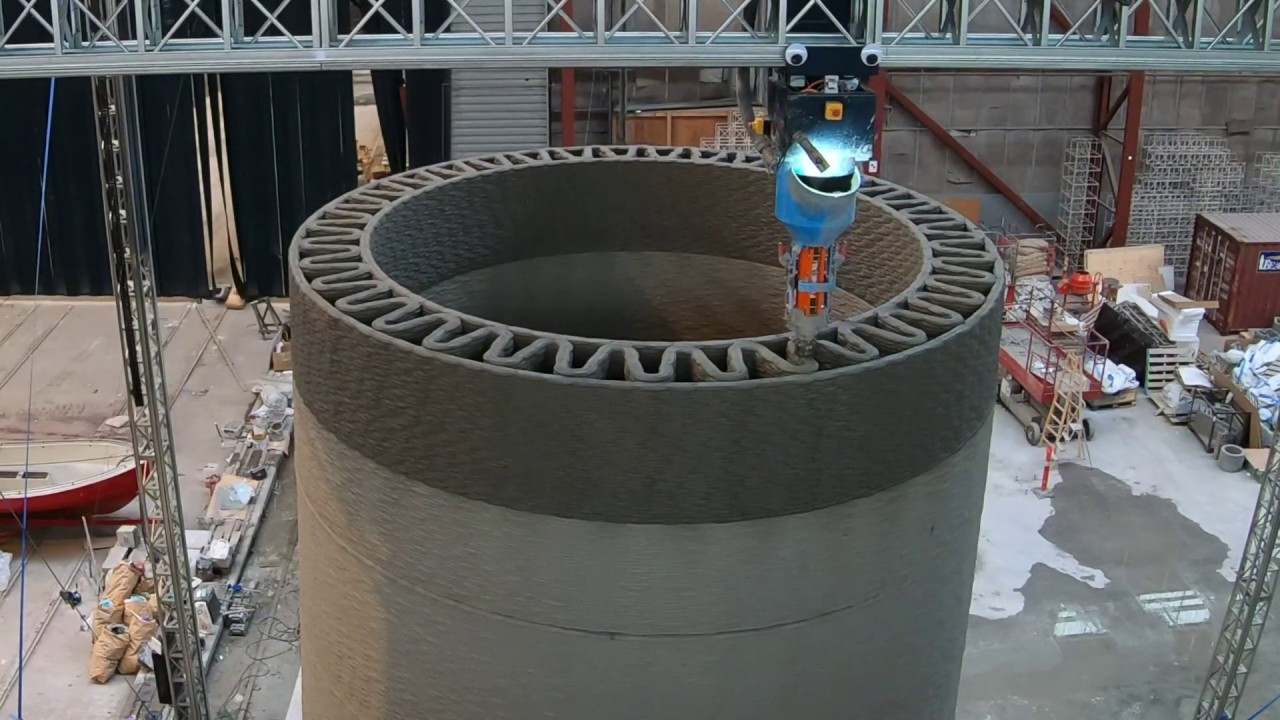
3D printing, also known as additive manufacturing, has revolutionized the way prototypes are developed across various industries. This innovative technology allows for the creation of complex and intricate designs with precision and speed. One area where 3D printing has shown immense potential is in the field of renewable energy. By leveraging 3D printing for renewable energy prototypes, researchers and engineers can accelerate the development of sustainable solutions to address the global energy crisis.
Traditional prototyping methods often involve time-consuming processes and high costs. With 3D printing, designers can quickly iterate on their ideas and produce functional prototypes in a matter of hours. This rapid turnaround time enables researchers to test multiple designs and concepts, leading to more efficient and optimized solutions for renewable energy applications.
The versatility of 3D printing makes it an ideal tool for prototyping various renewable energy technologies. From wind turbines to solar panels, researchers are exploring the potential of 3D printing to improve the efficiency and performance of these systems.
Wind energy is a rapidly growing sector in the renewable energy industry. By utilizing 3D printing, engineers can design and test innovative wind turbine blades with complex aerodynamic profiles. These optimized designs can increase energy capture and improve overall turbine efficiency.
3D printing is also being used to create customized mounting systems for solar panels. These mounting systems can be tailored to specific installation requirements, ensuring optimal placement and maximum energy generation from solar arrays.
Developing advanced battery technologies is crucial for storing renewable energy efficiently. 3D printing enables researchers to create custom battery prototypes with intricate internal structures for enhanced performance and longevity.
While 3D printing offers numerous benefits for prototyping renewable energy solutions, there are still challenges to overcome. Issues such as material limitations, printing speed, and scalability need to be addressed to fully harness the potential of this technology in the renewable energy sector.
Looking ahead, continued research and development in 3D printing technologies will likely lead to further advancements in prototyping renewable energy systems. By embracing 3D printing for renewable energy prototypes, we can accelerate the transition to a more sustainable and eco-friendly energy landscape.